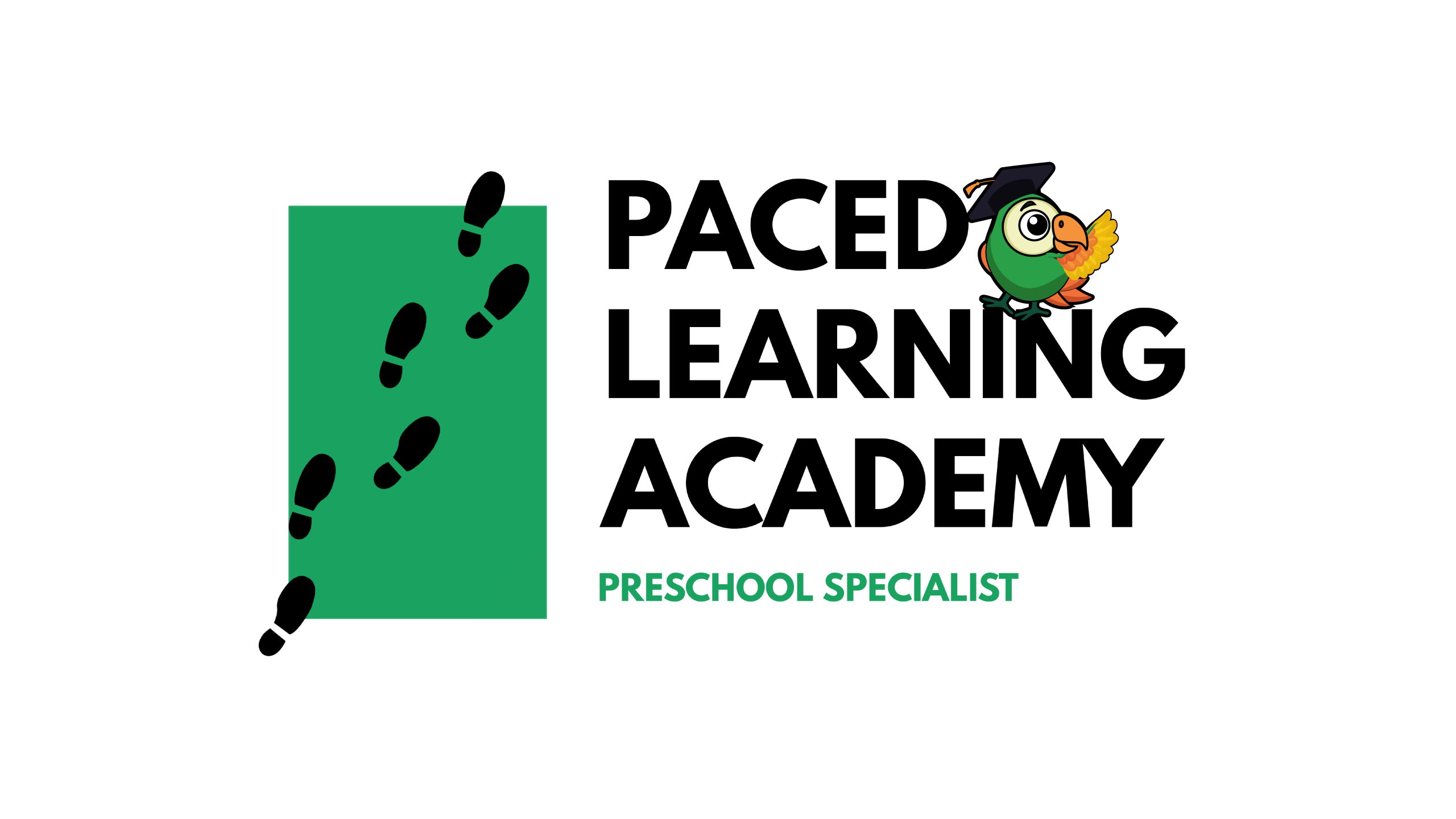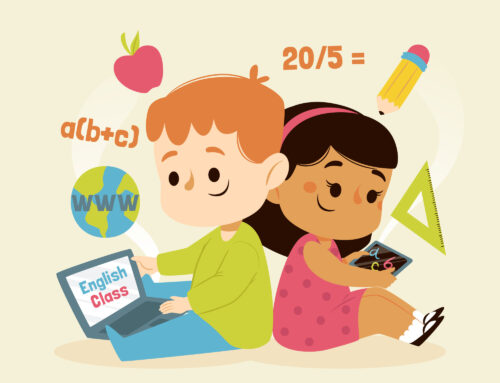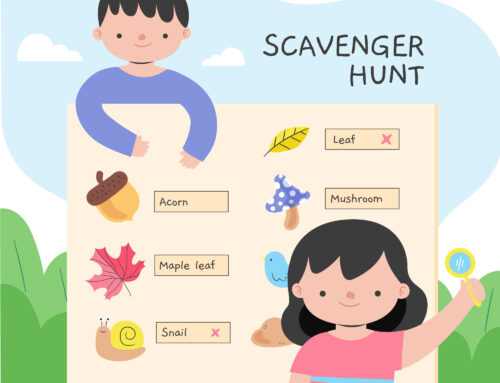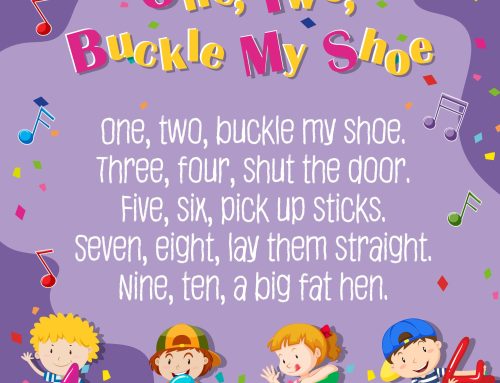
Decodable Books Explained: The Secret to Helping Kids Become Confident Readers
Helping children become confident readers is one of the most important goals of early education. One powerful yet often misunderstood tool in this journey is the decodable book. When used effectively, decodable books build strong reading foundations by giving young learners the practice they need to master phonics skills, build fluency, and gain reading confidence.
In this post, we’ll break down what decodable books are, why they matter, and how parents and teachers can use them to support children’s reading success.
✨ What Are Decodable Books?
Decodable books are specially designed reading materials that use controlled text — meaning the words are carefully chosen based on the phonics patterns the child has already learned. Unlike traditional picture books that may include unpredictable or difficult words, decodable books align with a child’s current reading abilities.
For example:
- A beginner reader learning short vowel sounds might encounter words like cat, hop, and mud.
- Once digraphs are introduced, the same reader could progress to books featuring words like ship, chat, or thin.
🔹 Real-life example:
If your child just learned the “sh” sound, a decodable book might have a story about “A ship at the shore” — allowing them to apply and practice that new skill immediately!
Key characteristics of decodable books:
- Focus heavily on predictable sound patterns
- Introduce new phonics concepts in a sequenced order
- Build confidence by allowing early reading success
🌟 Why Are Decodable Books Important?
1. Builds Decoding Confidence
- Young children often feel overwhelmed when they encounter too many unfamiliar words. Decodable books create a safe space where children can read independently, helping them feel successful and motivated.
- Example: Instead of guessing a word based on pictures, a child sounding out mat using their phonics knowledge feels a sense of real achievement!
2. Reinforces Phonics Instruction
- Learning letter-sound rules during a lesson is important, but applying them in a story strengthens understanding. Decodable books give children immediate opportunities to practice what they’ve learned in a meaningful context.
- Example: After learning the “Magic-E” rule in class, a decodable story might include words like cape, bike, and note, helping to reinforce the new concept.
3. Improves Reading Fluency
- The more children practice decoding familiar patterns, the smoother and faster their reading becomes. This fluency makes it easier for them to understand and enjoy what they’re reading.
4. Develops Word Recognition
- Frequent decoding builds automaticity. Eventually, words that once needed to be sounded out (like cat, dog, like) become instantly recognized, laying the foundation for effortless reading later.
📚 When Should Children Start Using Decodable Books?
Children are ready to start using decodable books when they can:
- Recognize a few letter sounds (e.g., s, a, t, p, i, n)
- Blend simple sounds into words (e.g., s-a-t = sat)
Tip for Parents:
If your child can sound out sat without guessing, they are ready to read their first decodable book!
📚 At Home:
- Start with very simple books with just three-letter words.
- Choose books that match your child’s phonics knowledge.
- Avoid books filled with irregular “sight words” until they have more decoding experience.
Example:
- First book: “Sam and Pam” — focuses on short vowel words.
- Next level: “Shan’s Ship” — introduces consonant blends and digraphs.
🏡 How Parents Can Support Decodable Reading at Home
✅ Choose the Right Books
Select books that match your child’s current phonics level. If your child is still learning short vowels, avoid books with advanced spelling patterns like “ou” or “igh.”
✅ Encourage Sounding Out
If your child is stuck on a word, prompt them by asking:
- “What’s the first sound you hear?”
- “Can you blend those sounds together?”
Avoid telling them the word right away — encourage decoding.
✅ Practice Re-reading for Fluency
After decoding a book once, encourage them to re-read it. Familiar words boost speed, accuracy, and comprehension.
✅ Celebrate Progress
Every decoded word deserves celebration! Even a simple sentence like “The cat is on the mat” represents major progress for early readers.
📚 What Makes a Good Decodable Book?
A high-quality decodable book will:
- Progress logically through phonics skills.
- Include a limited number of irregular/tricky words.
- Tell a simple but engaging story appropriate for the child’s age.
📘 For example:
A book for early readers should mostly include CVC (consonant-vowel-consonant) words.
- “The cat sat on the mat. The cat is fat.”
A book for slightly advanced readers might say:
- “Chip and Chad chat on the ship.” (Practicing “ch” and “sh” sounds.)
Pro Tip for Parents:
Look for books that include a word list at the beginning or end, showing what phonics skills are being reinforced.
🎯 Final Thoughts
Decodable books aren’t just another type of children’s book — they are a crucial stepping stone toward independent, confident reading. By offering stories matched to your child’s phonics knowledge, decodable readers reduce frustration, build skills step-by-step, and help children experience the true joy of reading success.
🌟 Whether you’re exploring our in-person phonics classes in Kovan or Canberra, our engaging online phonics classes, or our holiday reading programs for kids, you’ll find that decodable books are at the heart of our approach.
By using carefully selected decodable books, we guide children to build their reading skills step-by-step, experience early success, and develop a lifelong love of reading.
📚 Ready to help your child become a confident, independent reader?
Explore our structured phonics programs today and discover the powerful impact decodable books can have!






